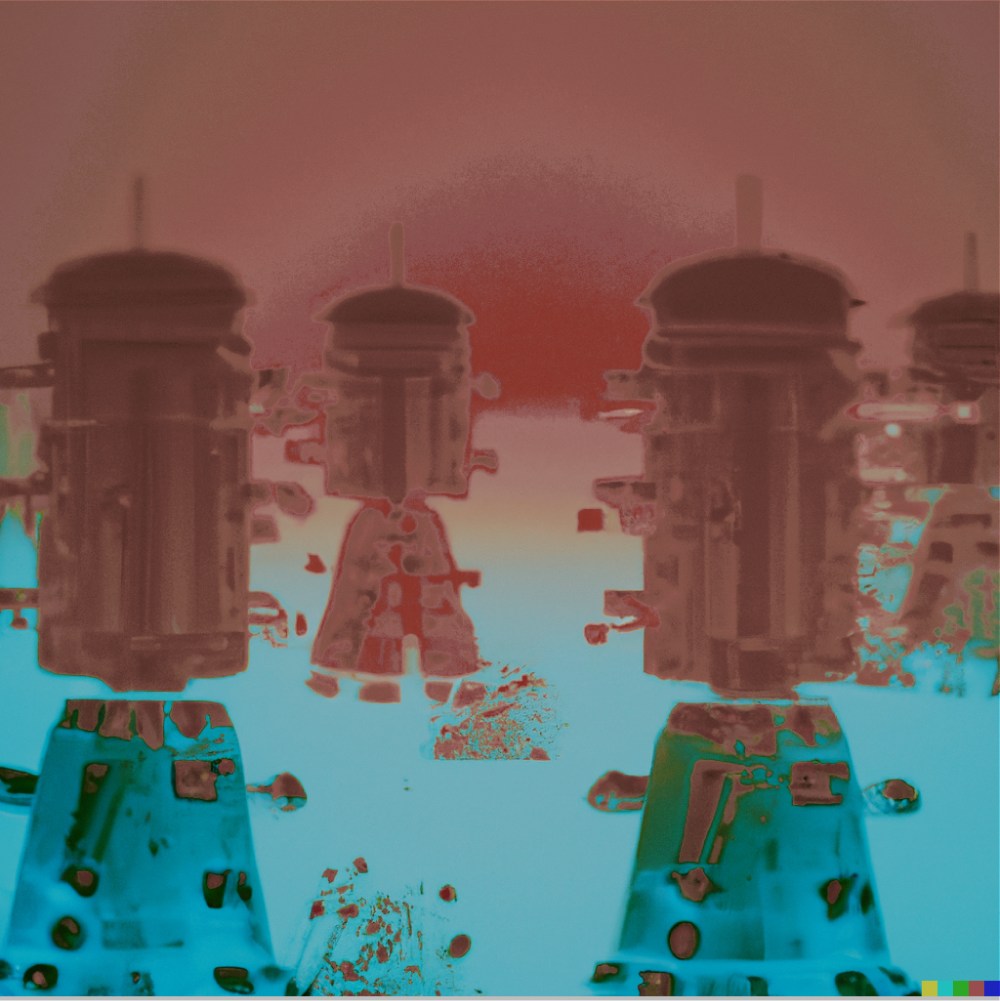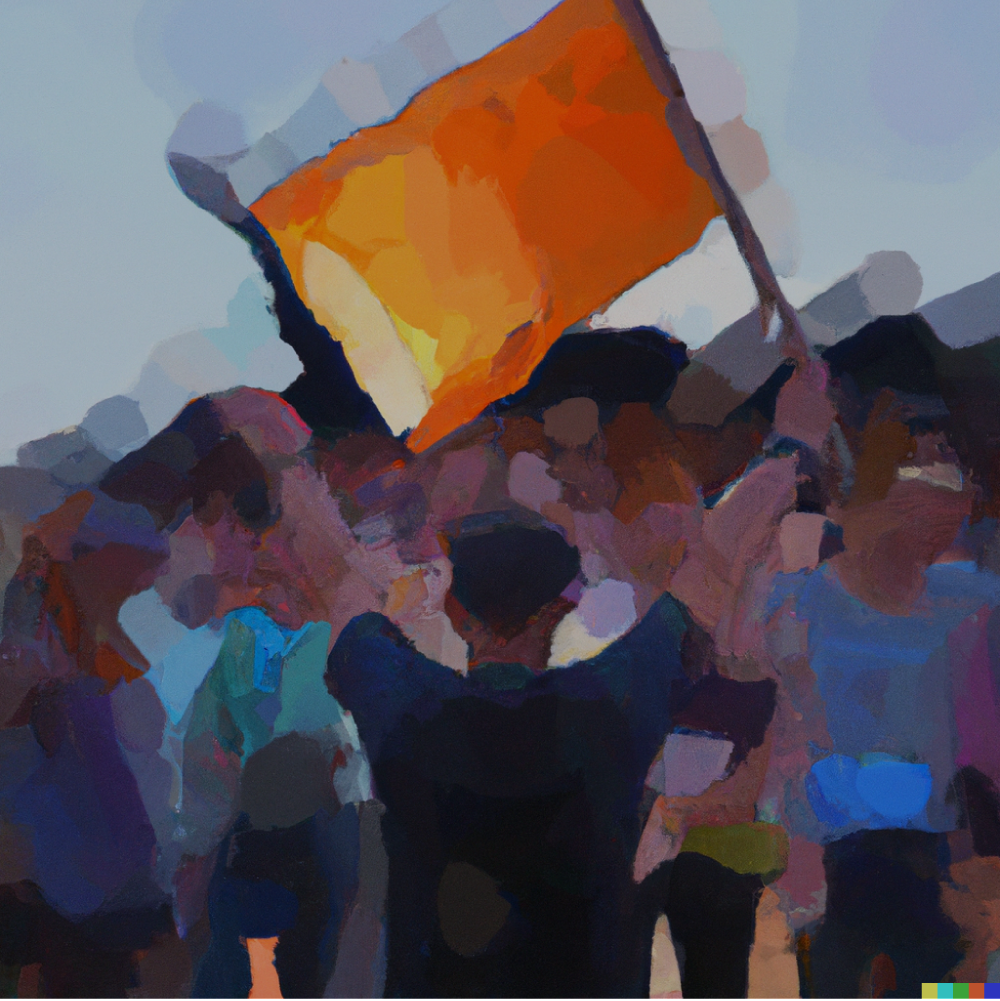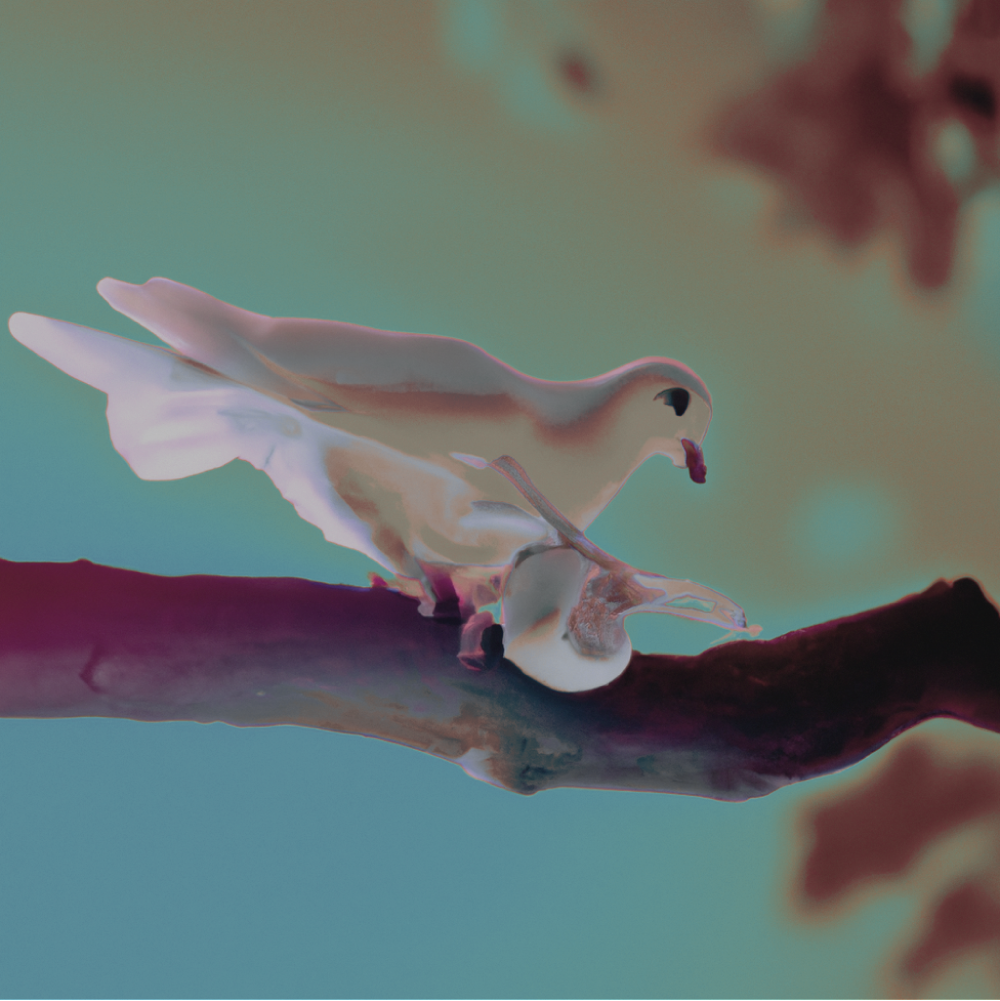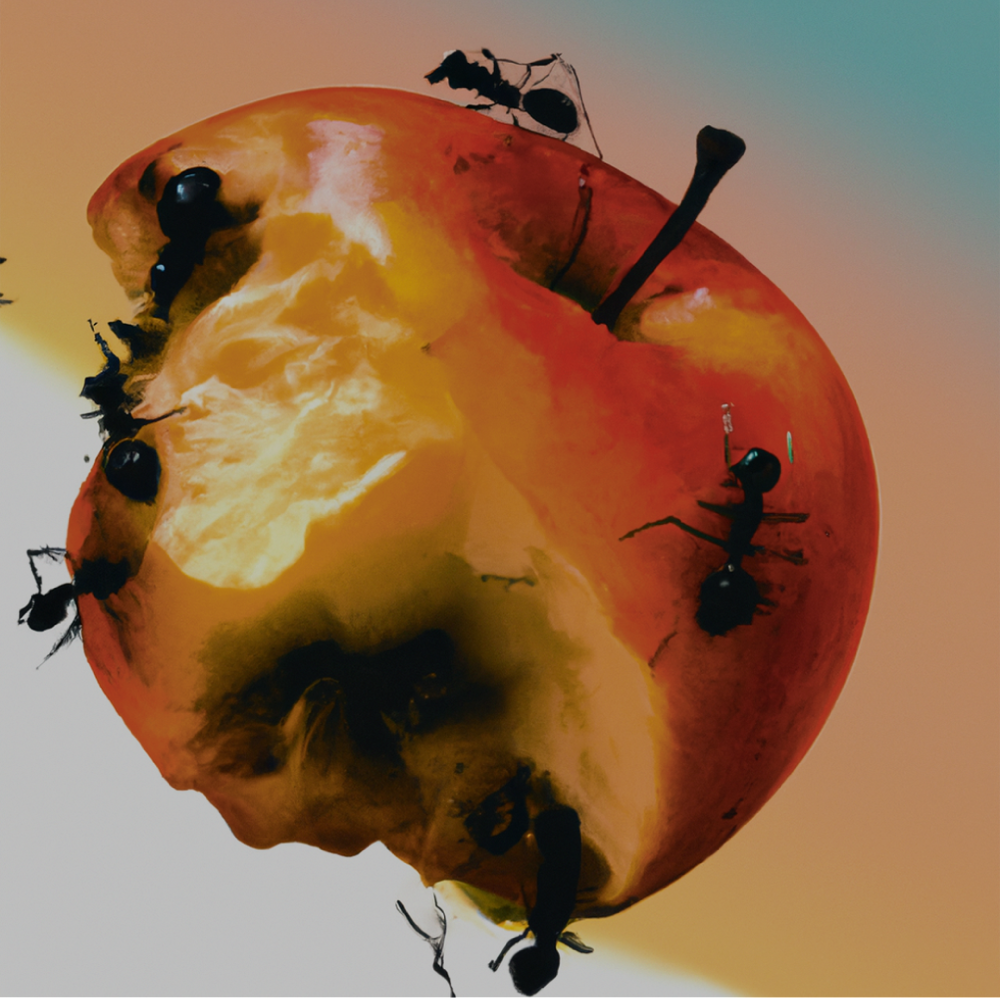World building contest
Can you imagine a world in 2045 where we manage to avoid the climate crisis, major wars, and the potential harms of artificial intelligence? This was what we asked the entrants of our worldbuilding contest to imagine. Teams from around the world competed for $100,000 of prizes with their visions of a plausible, aspirational future that included strong artificial intelligence.
© barrow-motion
What Is World
Building?
It is frequently practiced by creative writers and scriptwriters, providing the context and backdrop for stories that take place in future, fantasy or alternative realities. Worldbuilding is a tool that can help us explore possible futures for our own world. It helps us better understand what sorts of worlds we may find more or less desirable, and how we might get to there. World builds don’t always have to be grounded in reality, but for our worldbuilding contest we asked contestants to make their imagined worlds plausible and aspirational. To better understand the constraints and ground rules that were used for this contest, visit the Rules page prior to exploring the worlds.
Explore the winning worlds
Peace Through Prophecy
What if experimenting with governance led us to collectively make wiser decisions?
Crossing Points
What if we designed and built AI in an inclusive way?
Core Central
What if our response to global challenges led to a more centralized world?
Digital Nations
Imagine: What if we developed digital nations untethered to geography?
To Light
What if AI allowed some people to live forever?
AI For the People
What if AI enabled us to communicate with animals?
Hall Of Mirrors
What if narrow AI fractured our shared reality?
Computing Counsel
What if AI advisors helped us make better decisions?
Coming soon
How can AI be developed responsibly and benefit everyone? How might it be used to solve our most intractable global problems, or used to advance the Sustainable Development Goals – instead of just racing to create more and more powerful systems? What are the future institutions we need to start thinking about today?
What kind of future do we actually want?
These are questions that we are taking up as part of our new Futures initiative at FLI. We’re using tools like storytelling, worldbuilding, scenario planning, research, and forecasting, to envision possible futures and map paths for reaching them.
Imagine a world Podcast
Our new podcast series digs deeper into the eight winning entries, their ideas and solutions, the diverse teams behind them and the challenges they faced. Listen on all major podcast platforms








